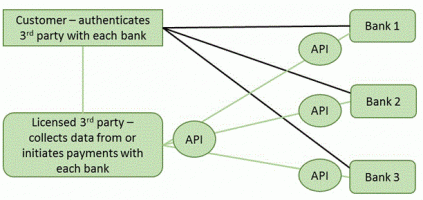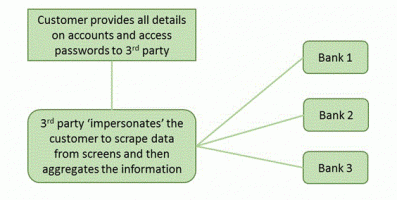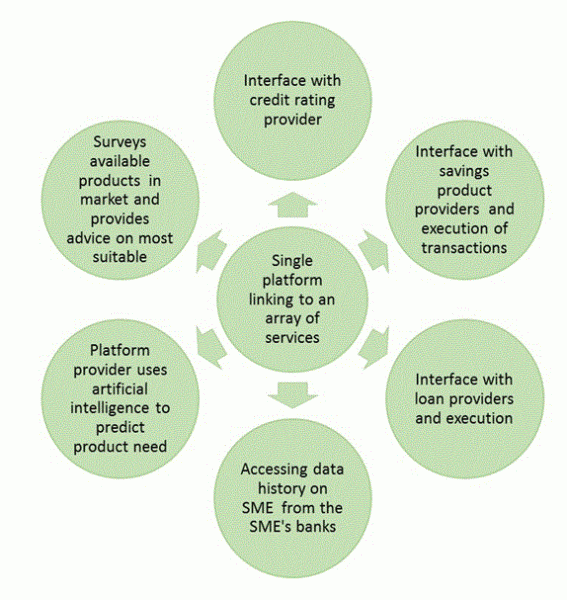Patricia Jackson is a member of the Franchise Board of Lloyd’s of London the insurance market and chairs the risk committee. She is also on the board and chair of the risk committee at the digital challenger bank Atom, BGL, which owns the comparison website Compare the Market, and the UK securities trading subsidiary of SMBC Nikko. She is a former EY partner having joined in 2004 to build up the banking risk practice and then led the financial regulation practice across EMEIA. Patricia was very involved in the aftermath of the crisis and chaired a global group for the Institute of International Finance to examine the causes of the problems in the securitisation market. Post crisis she focused on risk governance and risk culture and the development of more effective mechanisms to prevent the excessive buildup of risk. She co-authored and edited a book on risk culture published by Risk Books. Patricia started her career in the Bank of England and was Head of the Financial Industry and Regulation Division. She represented the UK on the Basel Committee for Banking Supervision for 7 years and led much of the work on Basel II. She has published papers on various aspects of risk and financial stability






